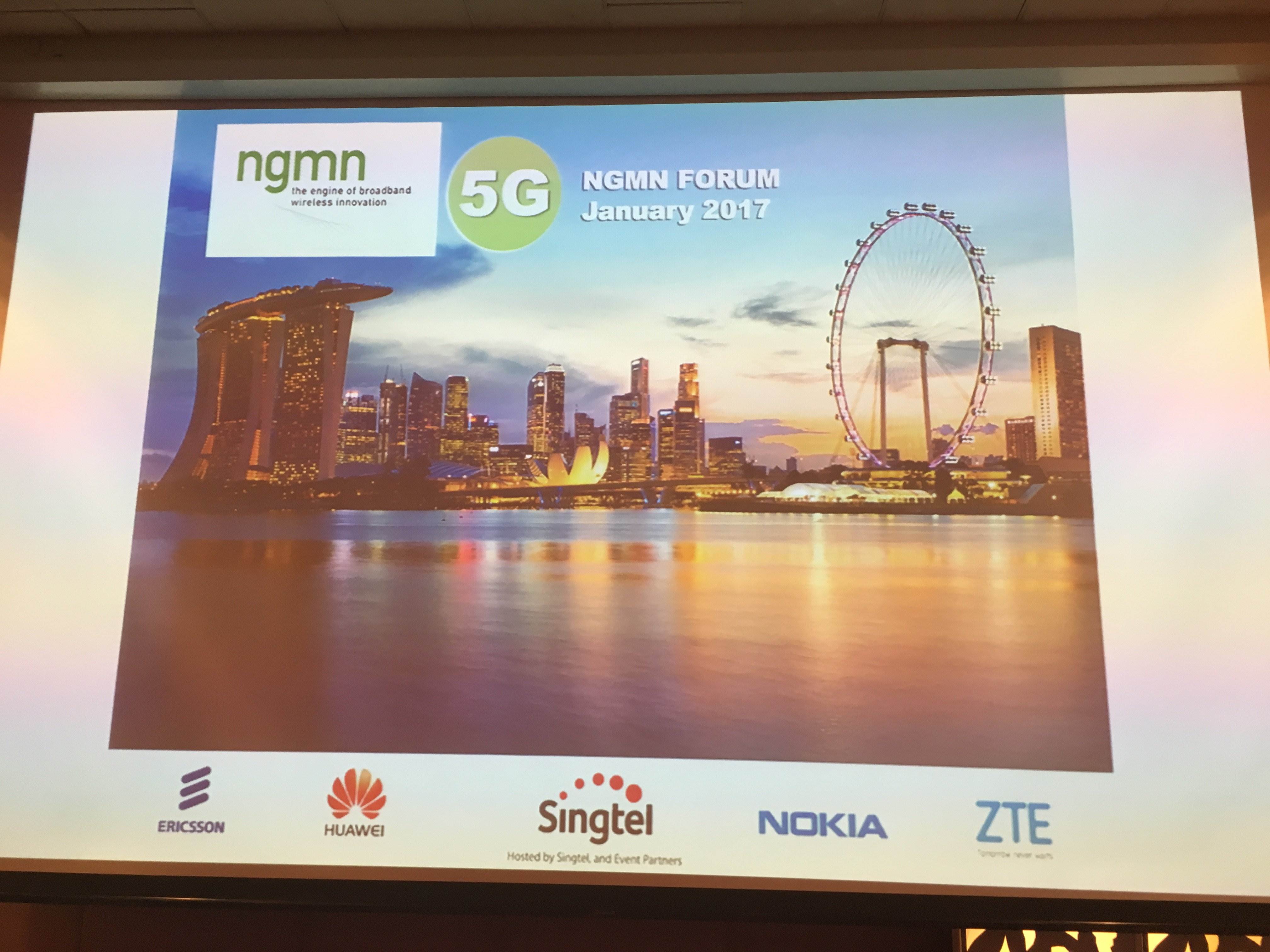5G has been bandied about for quite some time now. Early tests took place in 2015 and now 5G is part of the main discussions surrounding mobiles and more importantly, the internet of things. Now, it’s 2017, so discussions around the nascent wireless system have gotten more concrete. The Next Generation Mobile Networks held their first forum of the year here in Singapore Tuesday 17 January. Top of the agenda was, of course, dealing with a more connected world. Aileen Chia, Assitant Chief Executive and Director General for Telecom and Postal at IMDA, made it very clear in her keynote speech.
“Based on various predictions and trend reports from a number of global consultancy and research houses such as Deloitte, Gartner and IDC, the key trends for the next 3 – 5 years include Virtual Reality, the Internet of (intelligent) Things (IoT), Autonomous Vehicles, Digital Technology Platforms, Artificial Intelligence and Advanced Machine Learning. These technology developments herald the shape of future digital interactions for our economy and society, where digital experiences will extend beyond isolated and single-person contexts, beyond the home, to the wider environment and community, underlining how the physical and digital worlds are becoming more intertwined.”
A glimpse into the future of 5G

Of course, a connected world needs a network. Everyone in the telecommunications industry is banking on 5G to provide this connection. Here in Singapore, IMDA has been testing and researching the feasibility of high-spectrum 5G in the country. Unfortunately, that future is ways away, with the first implementation expected to be in 2020. Chia says that the IMDA wants to help push early adoption of the network, but the onus is on companies themselves to deliver.

So what, you might be thinking. 5G is a logical step forward of course, but mobile broadband is already quite good. Video streaming in HD has been possible ever since 4G rolled out. Indeed, when Singtel’s internet fell apart last month, mobile broadband was able to keep users afloat until the broadband came back online. So 5G is even better than that, but that is selling the technology short.

To show off the capabilites of 5G, several vendors showed off what was possible with the introduction of 5G. Ericsson, the company behind BlueTooth, gave us their work with drones. With a fully functioning network, they could wirelessly transmit simple instructions to small drones without the need for user imput. They also had a very impressive robot arm controlled by a motion sensor. It was janky, but with little to no latency between input and action. The vendor said that the latency remained the same no matter where the input was coming from. That is the appeal of 5G.Likewise Huawei and Nokia talked about the ability to give orders to robots across the world with no latency. The demos were simple, but proved their point. With the role out of autonomous vehicles on the horizon, this is very important.







